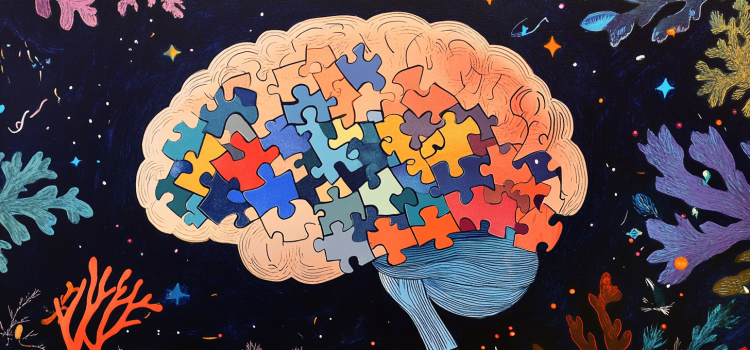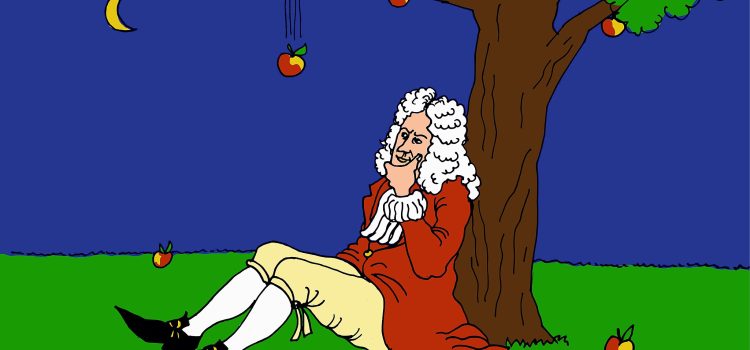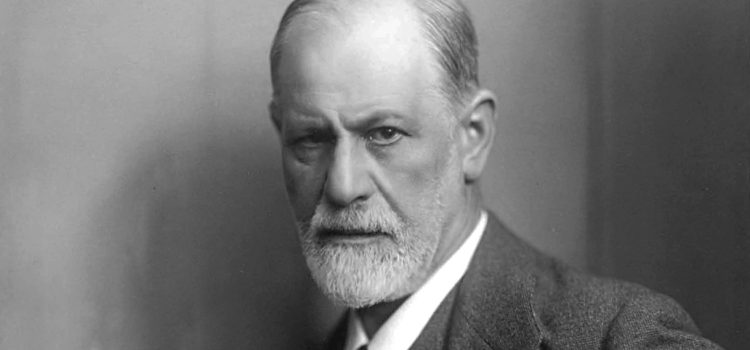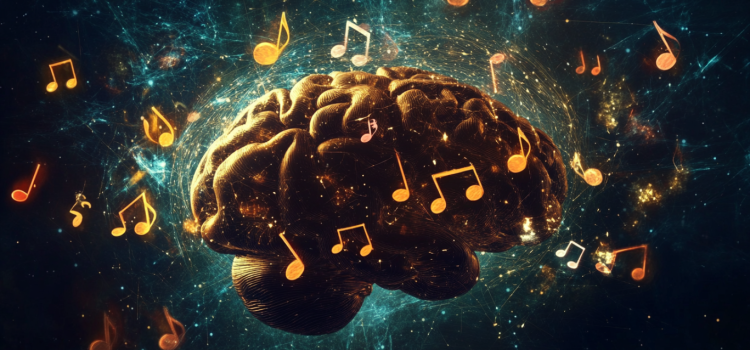How much of what you remember actually happened? What invisible forces reshape your recollections each time you access them? Our brains don’t record memories like video cameras. Instead, they act more like storytellers, reconstructing events in ways that serve us but don’t always reflect reality. In his book Subliminal, Leonard Mlodinow reveals how memory distortion follows predictable patterns. Keep reading to discover why even your most vivid memories might be less reliable than you think.
Memory Distortion: Why Memories Are Dynamic Reconstructions










